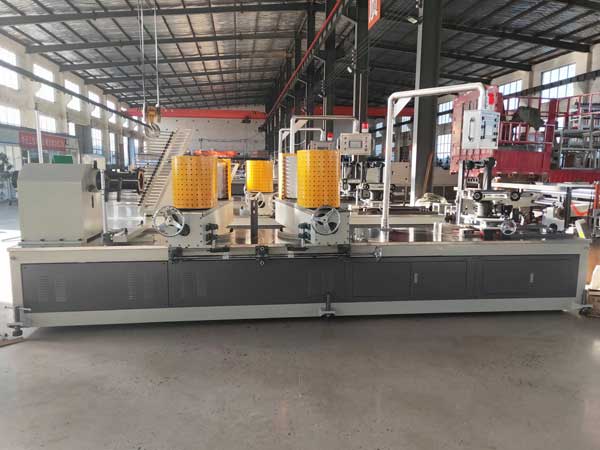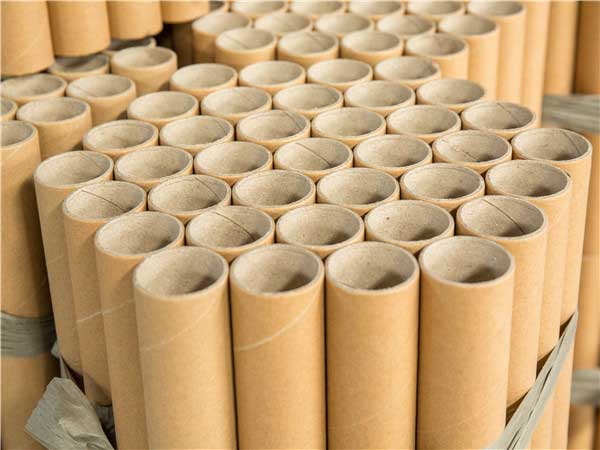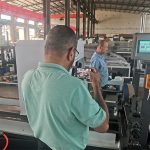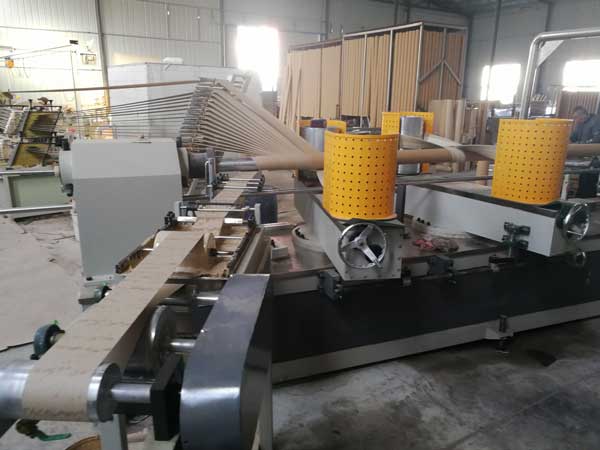Paper tubes, also known as paper cores, are integral components in a variety of industries, ranging from packaging to construction. The efficiency and precision of these tubes depend significantly on the machinery used in their production. This article delves into the production process and the applications of paper tubes, emphasizing the role of the industrial paper tube making machine.
Industrial Paper Tube Making Machine Importance
Paper tubes serve multiple purposes across different sectors. They are used for packaging, winding materials like textiles and wires, and even in construction as molds for concrete columns. Their versatility and eco-friendliness make them a preferred choice over plastic alternatives.

Industrial Paper Tube Making Machine Process
Material Preparation
Initially, kraft paper is cut into long strips. The dimensions of these strips depend on the desired thickness and diameter of the final product. Ensuring uniformity in these strips is vital for the quality of the paper tubes. Any inconsistency can lead to weak points in the tube.
The fully automatic parallel paper tube making machine revolutionizes the production process. This machine automates the winding of paper strips around a mandrel, forming a seamless tube. Here’s how it works:
Feeding the Paper Strips
The machine is loaded with pre-cut paper strips. These strips are fed into the machine, where they are coated with adhesive.
Winding Process
The strips are then wound around a mandrel in a parallel manner. This method ensures a uniform thickness throughout the tube, which is crucial for its strength.
Precision and Speed
The fully automatic parallel paper tube making machine allows for precise control over the diameter and length of the tubes. The automation also means that tubes can be produced at a high speed, meeting industrial demands efficiently.
Drying and Curing
After the tubes are formed, they must be dried to ensure the adhesive sets properly. This step is critical for maintaining the shape and strength of the tubes. Depending on the production facility, drying can be done using air or controlled environmental conditions.
Cutting and Finishing
Once the tubes are dried, they are cut to the desired length. Precision cutting tools ensure clean, even edges. Post-cutting, the tubes undergo quality inspections to check for defects or inconsistencies. Only tubes that pass these inspections move on to the next stage.
Additional Treatments
In some applications, paper tubes require additional treatments. They might be coated with protective layers, painted, or even printed with branding. These treatments enhance the durability, functionality, and aesthetic appeal of the tubes.

Industrial Paper Tube Making Machine Applications
Packaging Industry
One of the most common uses of paper tubes is in the packaging industry. They are used to protect items during shipping and storage. For example, paper tubes are ideal for shipping posters, blueprints, and other large documents. They prevent creases and damage, ensuring the contents remain intact.
Textile Industry
In the textile industry, paper tubes serve as cores for winding fabrics, yarns, and threads. The fully automatic parallel paper tube making machine ensures these tubes are strong enough to handle the tension during winding and unwinding processes.
Construction Industry
Paper tubes are also used in the construction industry, particularly as forms for concrete pillars. The durability and ease of use make them a preferred choice for creating cylindrical concrete structures. After the concrete sets, the paper tube can be removed or left in place, depending on the project requirements.










